Croatia and Montenegro are famous for their sunshine, spectacular coastlines and beaches and many beautiful islands. During the summer these countries are extremely popular destinations for tourists and cruise ships and can get very crowded. If you are more of a culture lover then the off-season is the time to go and view the spectacular world heritage sites although the weather can be quite cold.
The first country that we visited was Croatia which is now part of the EU although the currency is the Croatian Kuna. Our flight was to Dubrovnik and we stayed the first night at the very comfortable 4 star Valamar Argosy hotel
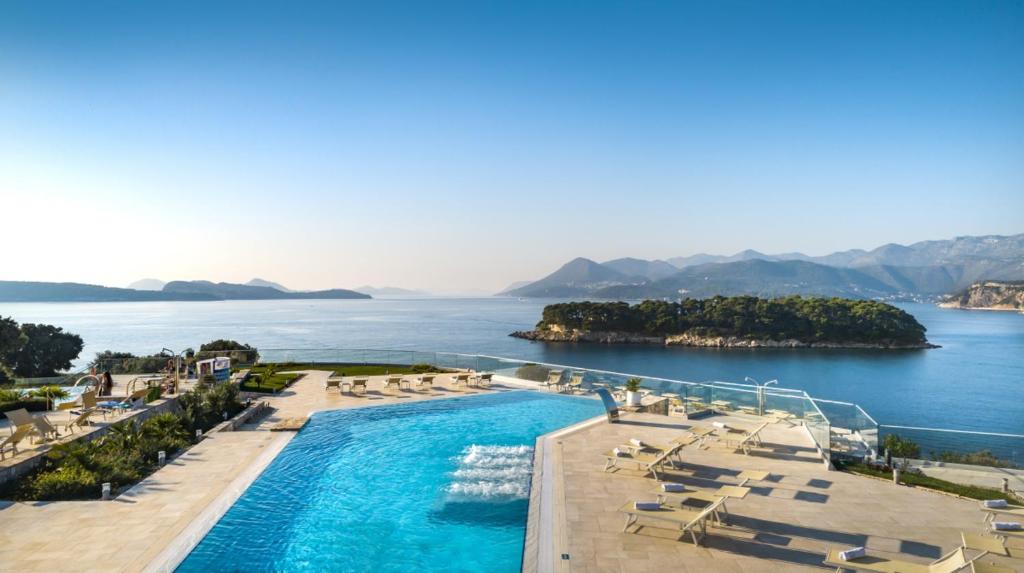
The hotel is located on the Lapad peninsula known for its high-end hotels and about 5 kilometres from Dubrovnik old town.
Our walking tour of the old town was in the early morning. For the best experience of the old town walk around the city walls, a distance of about 2 kilometres but due to limited time we took the small group tour around the old town. This tour will show you the Old Town through the eyes of a local – it’s about showing you around and sharing intriguing stories, fully immersing into the life of Dubrovnik people, today and centuries ago. You will get to see interesting details and experience Dubrovnik in a whole new way.

From Dubrovnik we drove along the breathtaking Dalmatian coast to the town of Ston, famous for its salt flats and for its 5.5 kilometre fortified wall.
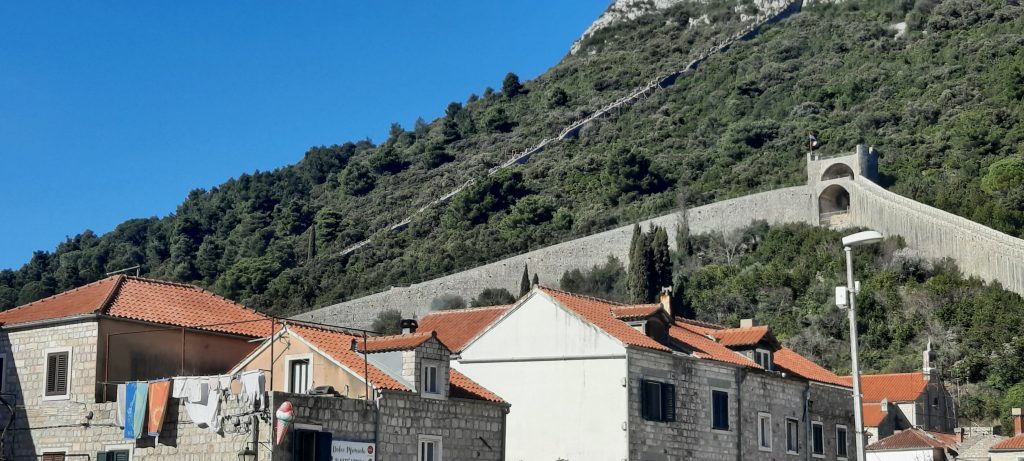
From Ston we passed through the small strip of the coast around the town of Neum which is part of Bosnia and Herzegovina, forming Bosnia and Herzegovina’s only outlet to the sea, 9 kilometres wide. This requires passing through 2 border checks and so currently a bridge is under construction to link the two parts of Croatia. The Pelješac Bridge is due to be completed later this year.

From Neum we travelled to Makarska and stayed in the 4 star Valamar Meteor hotel. This hotel has a vast dining room with many dishes on offer, large indoor and outdoor swimming pools and a sauna. Here we also enjoyed the beautiful seafront promenade.

Day 2 of our tour continued north along the Dalmatian coast to the second largest city in Croatia, Split. The Historical Complex of Split with the Palace of Diocletian is a UNESCO World Heritage Site. Here we recommend taking the walking tour of the palace including the Game of Thrones museum and optional wine tasting.
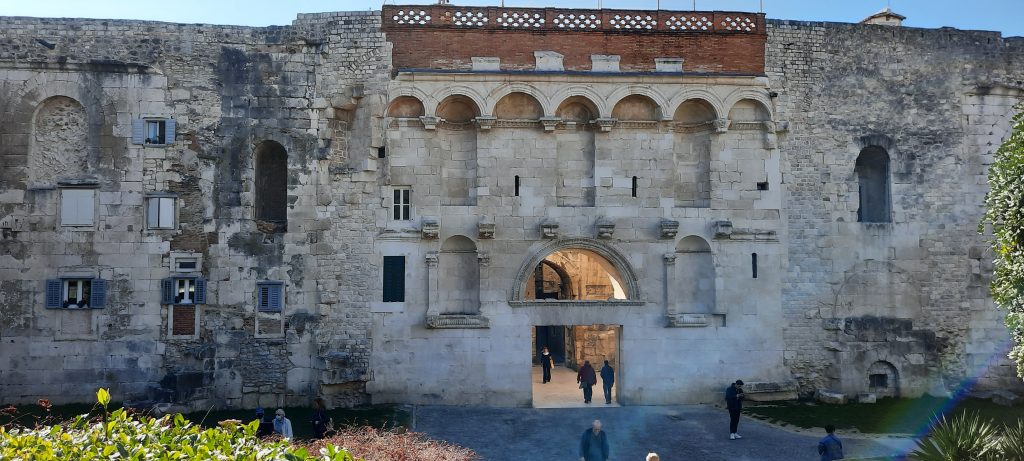
Close by is the old town of Trogir, also a UNESCO World Heritage site.
The next day we passed again through the Bosnia and Herzegovina border, this time to stay for 2 days in the country. Bosnia and Herzegovina is mostly inland and mountainous, it is not in the EU although the euro is used extensively as its currency. One of the most popular tourist attractions in Bosnia and Herzegovina is the famous “Old Bridge” in Mostar, also a UNESCO World Heritage site. Unfortunately the old bridge was destroyed in the Croat–Bosniak war during 1993 but has been rebuilt using many stones from the old bridge recovered from the river. We took the Mostar day tour which is a great way to experience the life, coexistence of diverse cultural, ethnic and religious communities, sights of the old town, its history, the old bazaar, custom made Herzegovinian production and the best places for taking photos.

Later we visited Medjugorje, one of the world‘s most famous sites of Christian pilgrimage with some 2.5 million visitors a year because it is said that 6 children saw the Virgin Mary there. We recommend checking out the excellent tours available to make the most of Bosnia and Herzegovina.
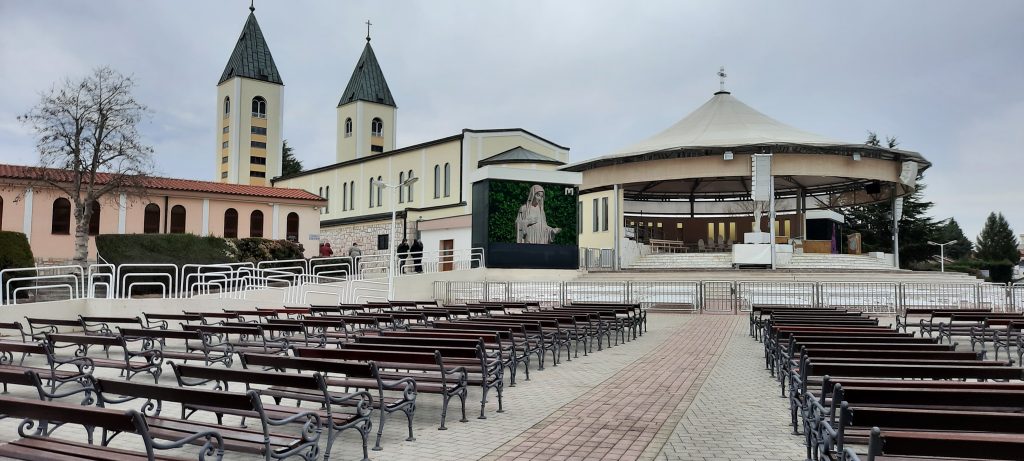
On Day 4 we visited the Orthodox cathedral in Trebinje before crossing the border into Montenegro and into the beautiful coastal town of Herceg Novi.

Montenegro also uses the euro for currency and has been in negotiations with the EU for several years with an anticipated joining date of 2024, this has made the country attractive to investors.
We then took the car ferry across the picturesque bay of Kotor from Herceg Novi to Lepetani before driving to the Palma hotel at Porto Montenegro. The hotel is in an excellent location and we were able to enjoy the beautiful waterfront area which is home to a large marina for superyachts, high-end boutiques & upscale restaurants.

The next day we drove to the small town of Perast and after a visit to the catholic church of St Nicola there we took a boat trip to Our Lady of the Rocks which is one of the two islets off the coast of Perast It is an artificial island created by bulwark of rocks and by sinking old and seized ships loaded with rocks. There we visited the Roman Catholic church and museum.

The boat then headed to the town of Kotor where we took the walking tour with a private licensed tour guide in Kotor old city which is under protection by Unesco and we enjoyed an amazing cultural and educational workshop about handwoven carpets.
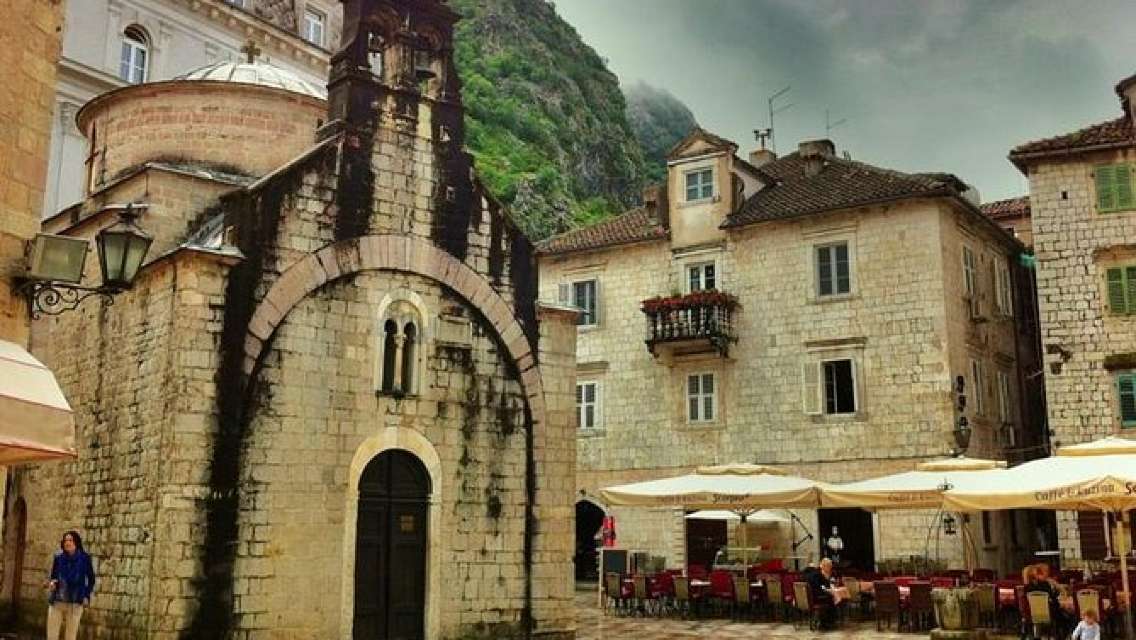
We then headed to the town of Budva for a walking tour to explore the narrow cobblestone streets of the Old Town before stopping for a view of Sveti Stefan island luxury resort.

The next day we arrived at our final destination the Carine Hotel Park at Bijela. Again we can recommend this hotel, our spacious room had a sea view for no extra cost, there is a gym and indoor and outdoor pools and a spa.
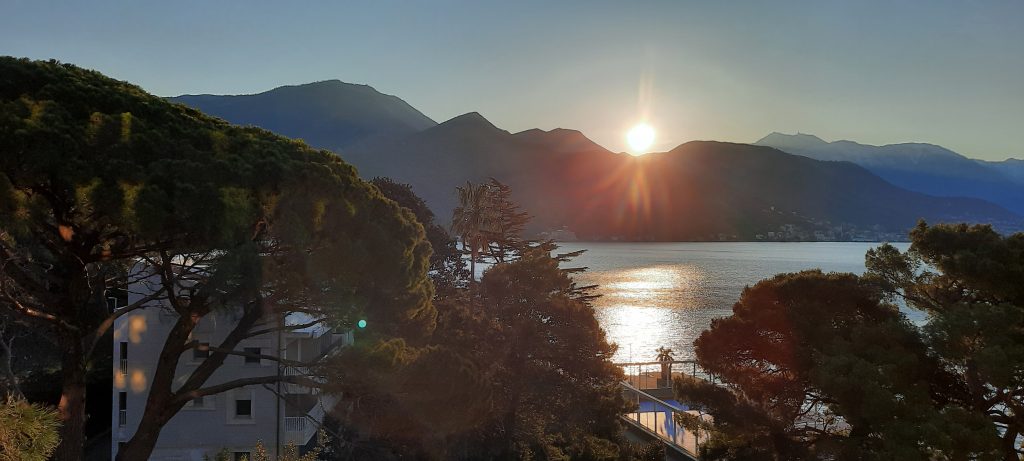
We can definitely recommend visiting these 3 countries and exploring the differences between them. We packed a lot into 7 days and there are plenty of other attractions that we did not have time for and we look forward to going back there in the future.
